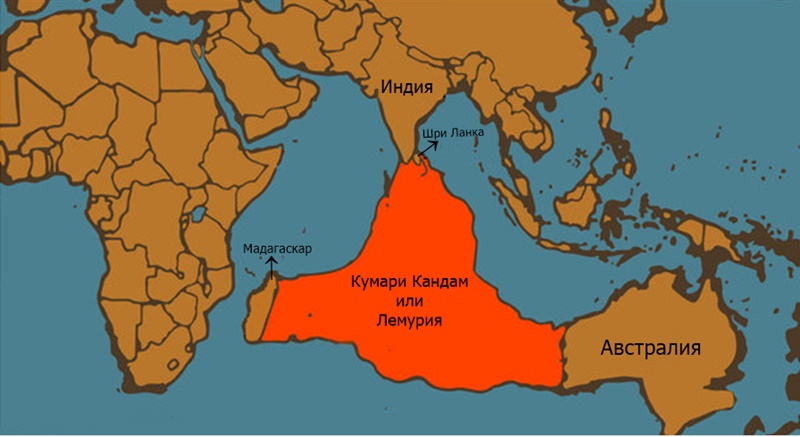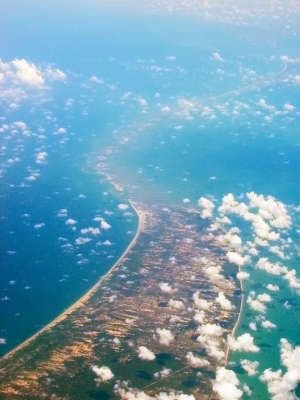I WANT TO KNOW #1 - Legend of Kumari Kandam and its connection to the lost Lemurian continent
Most people are familiar with the story of Atlantis, but there is another, albeit less well-known, that closely resembles that of the lost Lemurian continent, often associated with the legend of Kumari Kandam.
The name Lemuria dates from the 19th century. English geologist Philip Sklater was puzzled by the presence of lemur fossils in Madagascar and India, but such were not found in Africa and the Middle East. In his 1864 article called Madagascar's Mammals, Sklater suggests that Madagascar and India have once been part of a much larger continent that he calls Lemuria. His theory has been accepted by the scientific community because it partly explains the migration of the lemons from Madagascar to India (or vice versa) in ancient times. With the emergence of modern understanding of tectonic plates and their movements, the Sklater theory was rejected, but the idea of a lost continent remains, and some still believe that Lemuria was indeed a continent that existed in the past.
The supposed location of Kumari Kandam

One such group of people is the Tamil nationalists. The term Kumari Kandam appeared for the first time in the 15th century in Kanda Puranam, the Tamil version of Scandas Purana. According to the stories, there was once a land that was swallowed by the sea. When the stories about Lemuria reached India, the country passed through a period in which folklore became part of history and was considered a fact. As a result, people began to believe that Lemuria is Kumari Kandam, a mythical lost continent of the ancient Tamil civilization that was in the Indian Ocean.
Some say the kings who ruled Kumari Kandam were rulers of the whole Indian continent and that Tamil civilization was the oldest in the world. When Kumari Kandam sank, the people who inhabited him dispersed and founded different civilizations. Hence the belief that the lost continent is the cradle of human civilization.
But how true is there in the history of Kumari Kandam? According to researchers at the National Oceanographic Institute in India, the sea level was lower by about 100 meters about 14,500 years ago and 60 meters ago about 10,000 years ago. It is therefore quite possible that there was a link between Sri Lanka and Continental Idja. Since global warming has increased about 12,000 years ago, rising sea levels have led to periodic floods. It is possible that these floods have flooded entire settlements located along the coastal areas of India and Sri Lanka.
One proof used to support the existence of Kumari Kandam is the Adam Bridge, which is composed of sand, small pebbles and coral, and which connects India's mainland with Sri Lanka. This is supported by another ancient legend - the Sanskrit epic "Ramayana" tells the story of Sita, the wife of Rama, who was captured on the island of Lanka. Rama builds a bridge to cross with his army and reach Lanka.
As with most myths, there seems to be a certain amount of truth in the legends of Kumari Kandam, but how much - still to be explored.

beep beep